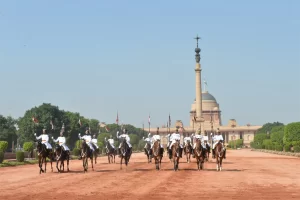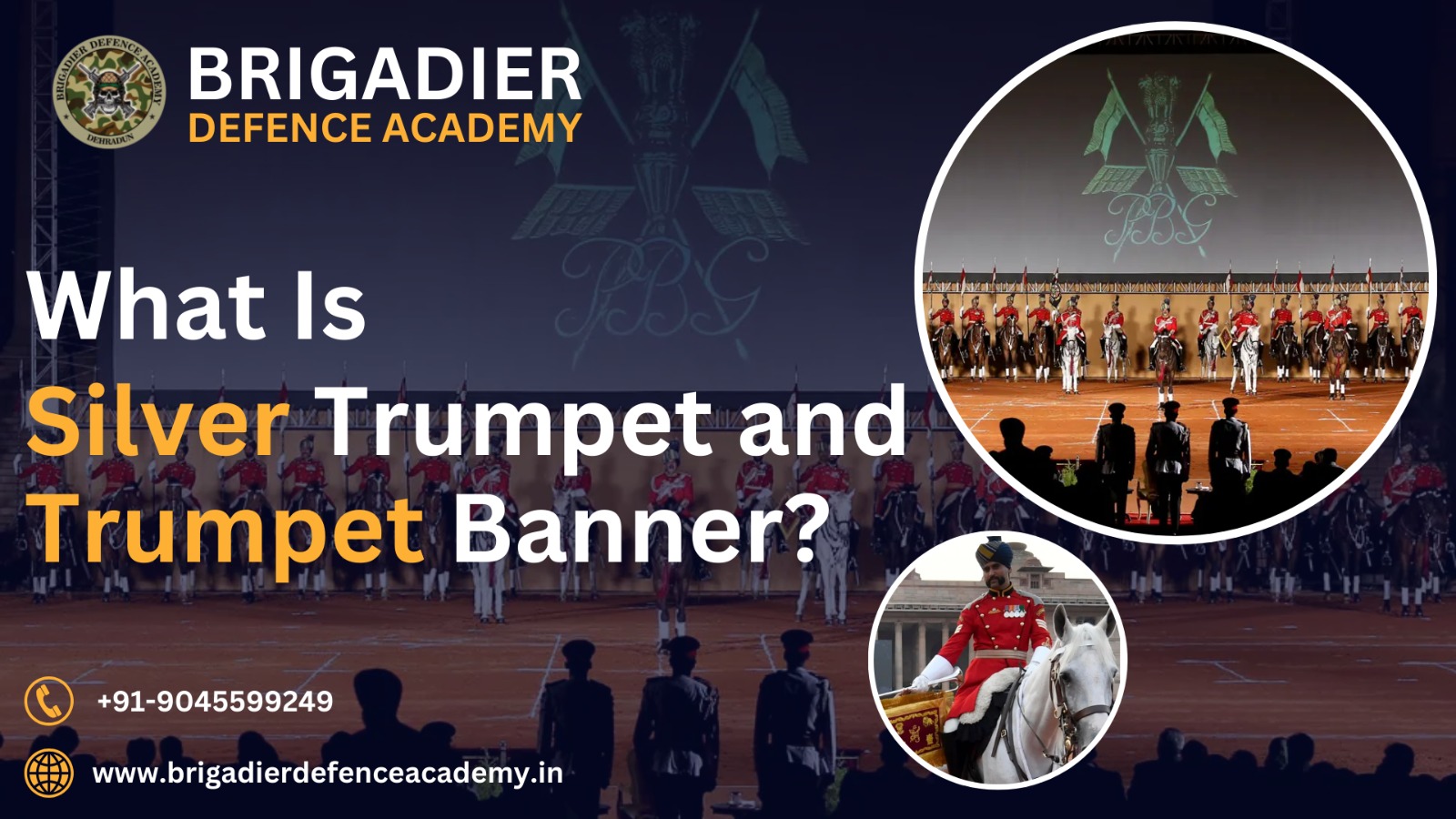- Posted on
- Manya
- No Comments
The Silver Trumpet and Trumpet Banner: Symbolism, History, and Significance
Introduction:
In the realm of ceremonial and military traditions, few symbols carry the same weight and grandeur as the silver trumpet and trumpet banner. These iconic instruments and flags have adorned the halls of power, heralded the arrival of dignitaries, and inspired troops for centuries. In this extensive guide, we delve into the rich symbolism, historical significance, and cultural impact of the silver trumpet and trumpet banner.

Part 1: The Silver Trumpet
- Origins and Evolution: The history of the trumpet dates back thousands of years, with early iterations found in ancient civilizations such as Egypt, Greece, and Rome. The silver trumpet, distinguished by its metallic sheen and regal appearance, emerged as a symbol of authority and pomp during the medieval period.
- Design and Construction: The silver trumpet is characterized by its elongated shape, cylindrical tubing, and distinctive bell flare. Crafted from various materials including silver, brass, and gold, these instruments are meticulously designed to produce clear, resonant tones that can be heard over long distances.
- Symbolism and Significance: In ceremonial contexts, the silver trumpet symbolizes power, majesty, and authority. It is often used to announce the arrival of monarchs, herald important proclamations, and mark significant events such as coronations and state funerals. The sound of the trumpet evokes a sense of grandeur and reverence, capturing the attention of all who hear it.
- Military Usage: Beyond its ceremonial role, the silver trumpet has a long history in military applications. Used to convey commands and signals on the battlefield, trumpeters played a crucial role in coordinating troop movements, conveying orders, and boosting morale. The martial associations of the trumpet are reflected in military traditions and rituals around the world.
- Cultural Impact: The silver trumpet has left an indelible mark on art, literature, and popular culture. It features prominently in historical paintings, epic poems, and musical compositions, serving as a potent symbol of triumph, glory, and heroism. Its unmistakable sound has inspired awe and admiration in audiences throughout the ages.
Part 2: The Trumpet Banner
- Historical Origins: The tradition of carrying banners into battle dates back to antiquity, where they served as rallying points for soldiers and symbols of allegiance. The trumpet banner, adorned with colorful emblems, insignias, and heraldic devices, emerged as a distinctive symbol of military honor and pride.
- Design and Symbolism: Trumpet banners are typically made from richly embroidered silk or velvet, featuring intricate designs that reflect the identity and heritage of the unit or commander they represent. Common elements include coats of arms, crests, mottoes, and symbols of victory or valor. Each banner is a unique work of art, crafted with precision and care by skilled artisans.
- Role in Ceremonies: In ceremonial contexts, the trumpet banner plays a central role in formal processions, parades, and public events. Carried aloft by standard-bearers or mounted on poles, these majestic flags add a sense of pageantry and splendor to proceedings, evoking a sense of tradition and continuity.
- Military Tradition: Within military organizations, the trumpet banner holds deep symbolic significance. It serves as a tangible representation of unit cohesion, pride, and esprit de corps, instilling a sense of belonging and identity among troops. Displayed prominently in barracks, mess halls, and parade grounds, these banners inspire loyalty and camaraderie among soldiers.
- Legacy and Heritage: The tradition of the trumpet banner continues to endure in modern military practice, with regiments and corps around the world proudly carrying on this ancient custom. Whether on the battlefield or the parade ground, these banners serve as reminders of the sacrifices and achievements of those who have gone before, linking past, present, and future in a timeless bond of honor and duty.
Conclusion:
In conclusion, the silver trumpet and trumpet banner stand as enduring symbols of tradition, valor, and pride. From the halls of ancient empires to the fields of modern warfare, these iconic instruments and flags have played a vital role in shaping history and shaping the destiny of nations. As we celebrate their legacy, let us remember the sacrifices of those who have borne them aloft and honor the timeless ideals they represent.
FAQ’s
- What is the significance of the silver trumpet in ceremonial events?
- The silver trumpet holds deep symbolic significance in ceremonial events, representing power, authority, and grandeur. It is often used to announce the arrival of dignitaries, herald important proclamations, and mark significant occasions such as coronations and state funerals.
- How are silver trumpets constructed and what materials are used?
- Silver trumpets are typically crafted from high-quality metals such as silver, brass, or gold. They feature elongated, cylindrical tubing and a distinctive bell flare. Skilled artisans meticulously design and construct these instruments to produce clear, resonant tones that can be heard over long distances.
- What role did silver trumpets play in military history?
- In military history, silver trumpets were used to convey commands and signals on the battlefield. Trumpeters played a crucial role in coordinating troop movements, conveying orders, and boosting morale. The martial associations of the trumpet are reflected in military traditions and rituals around the world.
- What are trumpet banners and how are they used in ceremonies?
- Trumpet banners are majestic flags adorned with colorful emblems, insignias, and heraldic devices. They serve as symbols of military honor and pride and are carried aloft by standard-bearers or mounted on poles during formal processions, parades, and public events.
- What materials are trumpet banners made from and what designs do they feature?
- Trumpet banners are typically made from richly embroidered silk or velvet, featuring intricate designs that reflect the identity and heritage of the unit or commander they represent. Common elements include coats of arms, crests, mottoes, and symbols of victory or valor.
- What role do trumpet banners play in military organizations?
- Within military organizations, trumpet banners serve as tangible representations of unit cohesion, pride, and esprit de corps. They inspire loyalty and camaraderie among troops and are displayed prominently in barracks, mess halls, and parade grounds.
- How have silver trumpets and trumpet banners influenced art and culture?
- Silver trumpets and trumpet banners have left an indelible mark on art, literature, and popular culture. They feature prominently in historical paintings, epic poems, and musical compositions, serving as potent symbols of triumph, glory, and heroism.
- Are silver trumpets and trumpet banners still used in modern ceremonies and military practices?
- Yes, silver trumpets and trumpet banners continue to be used in modern ceremonies and military practices. Regiments and corps around the world proudly carry on these ancient customs, honoring the sacrifices and achievements of those who have gone before.








